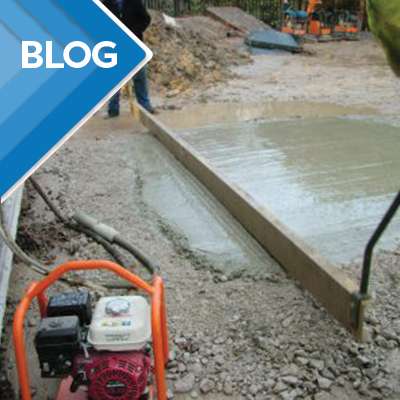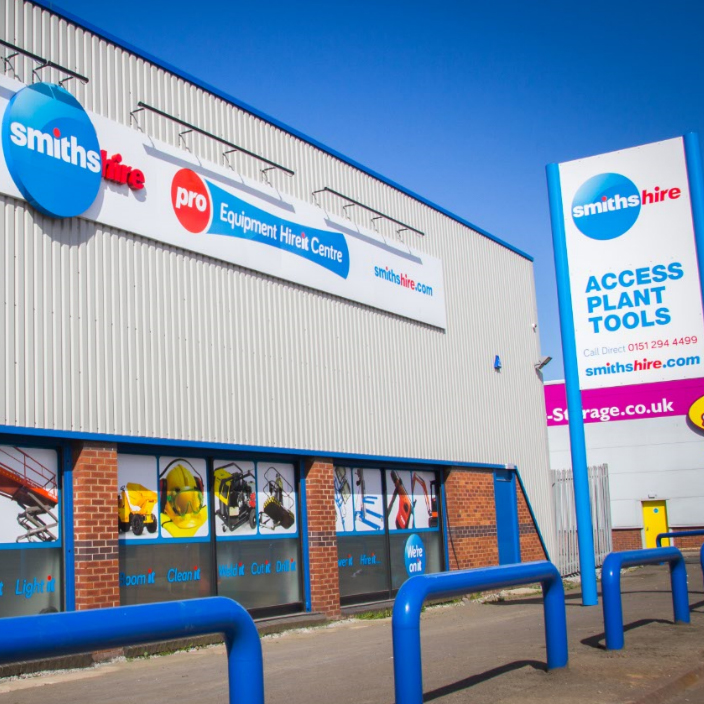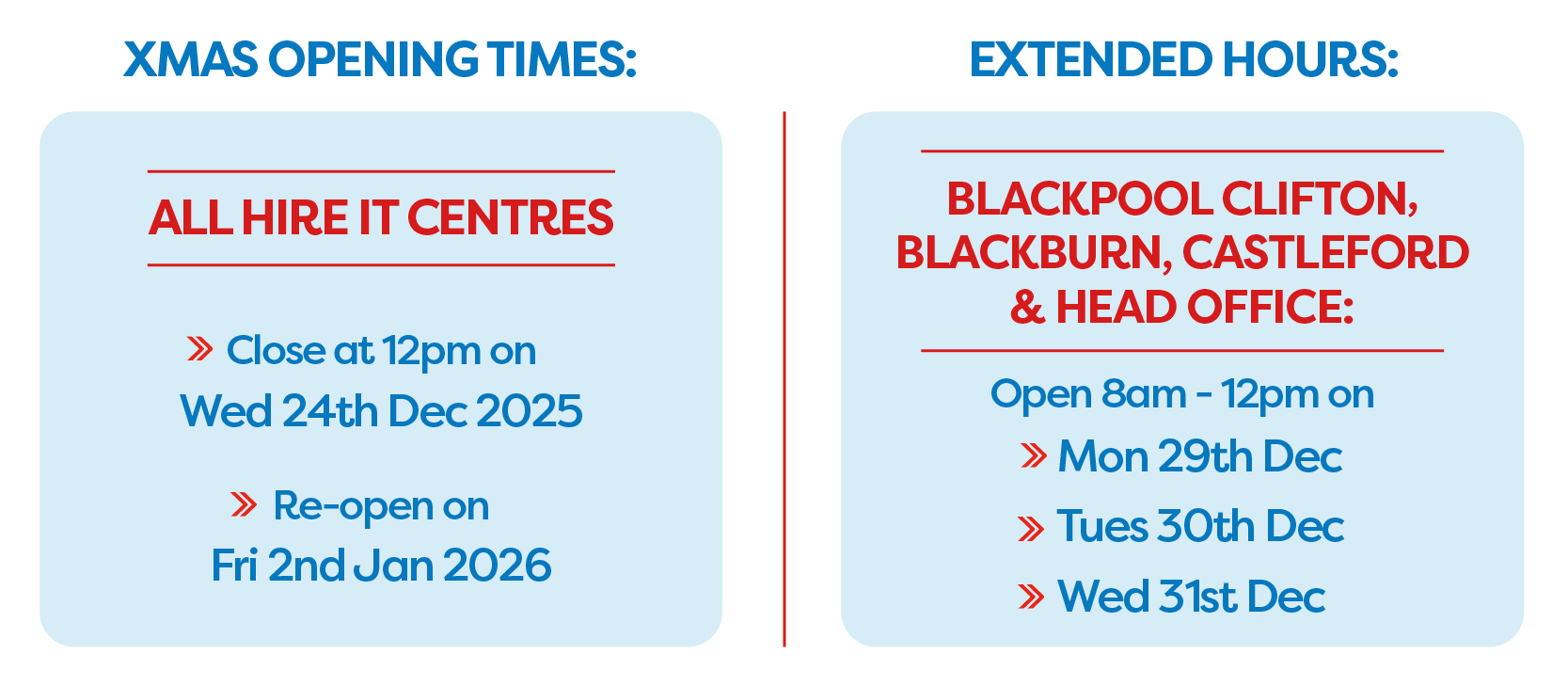Concrete is one of the most used substances on earth, second only to water, many businesses and staff are working with and around it. (Indeed, it’s in the headlines quite a lot at the moment!) The vast majority of building projects require either concrete or cement. While relatively few people wind up injured while working with these mediums, that doesn’t mean working with them comes without the risk of any potential hazards. So, to stay safe at work and on-site, or even at home completing DIY tasks, here are four top tips for working safely with concrete.
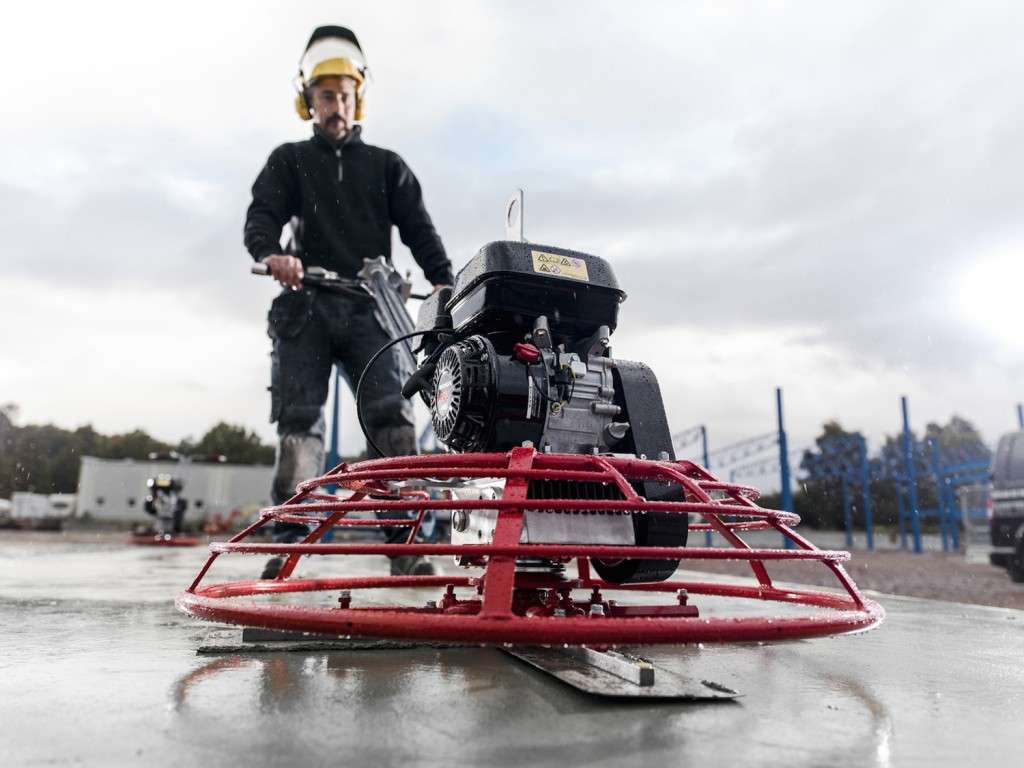
#1 Avoid skin contact
When working with cement or concrete, it’s essential to mitigate the risk of the mixture coming into contact with exposed skin wherever possible by using the relevant PPE such as gloves or work boots. While it may not be the first thing that enters people’s minds, concrete and cement can actually burn the skin due to the high pH content. These burns can range from minor to second and third-degree burns, and it doesn’t take much time for them to escalate to this severity either.
That’s why if your skin ever comes into contact with wet concrete or cement, no matter how briefly you may think it was, it’s vital to wash it off immediately with clean running water before you develop noticeable symptoms. In some more severe cases, the burning can even persist after the cement has been washed off. If this happens it’s wise to seek professional medical advice as soon as possible.
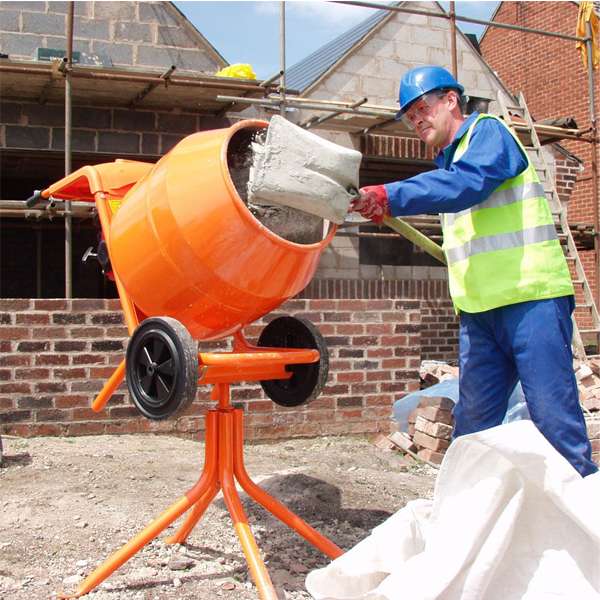
#2 Dust inhalation prevention
Dry cement also poses significant health risks to the respiratory system and eyes, primarily when handled. It’s essential to never breathe in cement dust because it’s highly irritable – and that’s in the short term. According to the HSE, long-term exposure can cause even more severe health problems like occupational asthma, scarring of the lungs, the development of silicosis and, in some cases, even death.
While working with cement, always wear a PPE face mask and protective goggles to prevent the inhalation or eye irritation of silica dust. It’s best to work with cement in well-ventilated areas, such as the outdoors, to minimise inhalation risk further. However, if you cannot get rid of the dust or the job is inside, take care to reduce the exposure with appropriate ventilation and wear protective gear.

#3 Training and legal requirements
The Control of Substances Hazardous to Health (COSHH) Regulations says you must protect against the risks from cement-based products, so there are various laws in place to protect anyone working with or around concrete. One of these is the Assess, Control and Review model, which breaks down until these steps.
Assess
This stage includes identifying the tasks and jobs that require cement use and the workers handling them – especially those of your staff working with or handling both dry and wet cement. Employers must also check with their employees for any allergies or existing skin conditions that may worsen while working with concrete.
Control
In the control stage, prevention is key. Employers should limit the risk of injury or illness wherever possible by employing the following methods:
- Using pre-mixed concrete to avoid cement powder exposure
- Implementing long-handled tools to increase the distance between the worker and the substances.
Even if some risks are minimised, it’s always best to be cautious when working with hazardous substances. Employers and staff can further control the risk by:
- Wearing the relevant PPE, including waterproof gloves suitable for use with high pH (alkaline) substances, appropriate footwear such as wellies or work boots, and waterproof trousers. Also, by immediately washing any skin that concrete comes into contact with.
- All staff members working with or around concrete should also be adequately trained to recognise any potential problems, such as dermatitis for example. Identifying skin problems as early as possible makes them much easier to treat and control.
Review
The review stages mainly consist of ensuring the conditions of the former steps (such as the effective use of PPE) are being adhered to maintain optimum levels of workplace safety. Appropriate health surveillance is also necessary to ensure that the control measures are effective (like the prevention of dermatitis). This can be done by a responsible person, such as an employee with the relevant training. To do this, they need to:
- Check the condition of all new staff members’ skin before they start working and then periodically check again to ensure nothing changes.
- Keep official records of these checks.
- Inform the employees as to the outcome of these checks.
This is just a brief overview of the process to give you a rough idea of what it entails. More thorough and detailed information on this process is available on the HSE website.
Check out our E-learning courses – COSHH and Level 1 Health & Safety in Construction courses on our Smiths Training website.
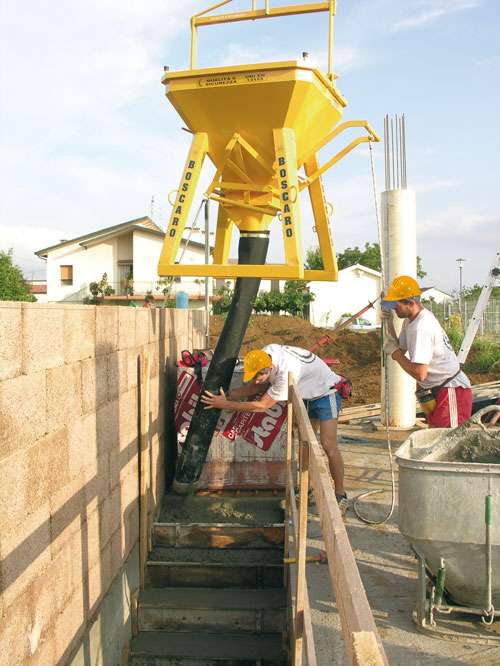
#4 Handling equipment correctly
Equipment handling is the final point to consider when working with cement and concrete. All employees must be trained in lifting, moving and using equipment to prevent injuries. It’s also important as an employer to provide your staff with the equipment they need to do their jobs safely and ensure your team is wearing well-maintained PPE that meets industry standards.
Concrete and cement mixers are staple bits of kit in environments such as building and construction sites. It’s essential to provide the relevant training before use so your employees can use and move them safely without causing themselves any damage (such as back injuries).
This is just a general overview of safely working with cement and concrete. All ins and outs of the information are available to read on the HSE website. When it comes to cement, concrete and finishing tools, however, that’s where we have all the expert advice you could need!

At Smiths Hire, we’ve been providing quality equipment and tool hire services to the DIY and trade sectors for over five decades, operating from 16 tool hire depots across the North West and Yorkshire, including several major cities like Manchester, Liverpool and Leeds. If you have any questions or want any help or advice, don’t hesitate to call our team on 0333 323 2100! We’re here to help!

 SPEAK TO US
SPEAK TO US

 My Account
My Account


